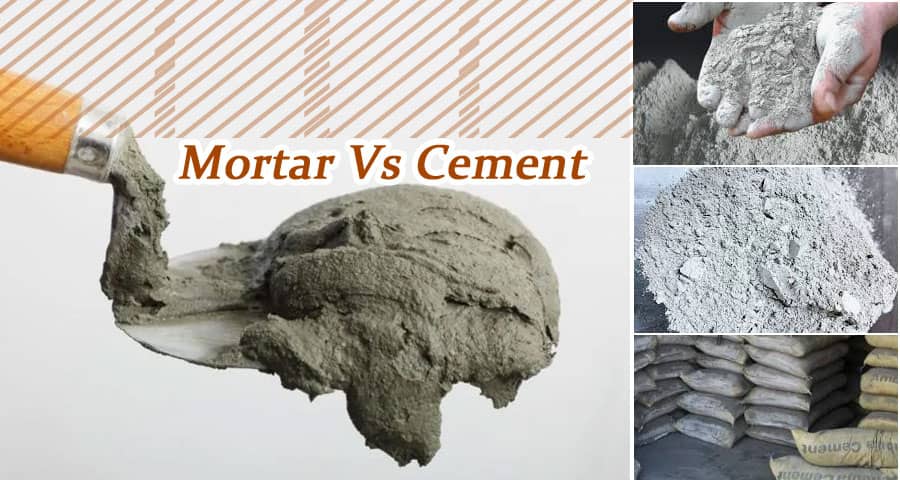Exploring the Types and Variations of Mortar and Cement
Tweet
In the realm of construction, mortar and cement are quintessential components that form the backbone of any structure. Understanding the nuances and disparities between various types of mortar and cement is crucial for ensuring the durability and stability of buildings.
Mortar: The Binding Agent
What is Mortar?
Mortar serves as the binding agent that holds bricks, stones, and other building materials together, providing cohesion and strength to structures. Comprising a mixture of cement, sand, and water, mortar plays a pivotal role in construction projects, ranging from masonry to tiling.
Types of Mortar
- Portland Cement Mortar: This traditional mortar type is commonly used in general construction applications. It consists of Portland cement, sand, and water, offering a versatile and durable solution for various projects.
- Lime Mortar: Historically prevalent, lime mortar is crafted from lime, sand, and water. It boasts excellent permeability and flexibility, making it ideal for restoring historical buildings and structures.
- Masonry Cement Mortar: Combining masonry cement with sand and water, this type of mortar offers enhanced workability and bond strength, making it suitable for masonry applications.
- Polymer-Modified Mortar: Incorporating polymers into the mixture, polymer-modified mortar delivers superior adhesion, flexibility, and resistance to cracking, ideal for demanding construction projects.
Cement: The Foundation of Construction
Understanding Cement
Cement serves as the foundational material in concrete, mortar, and other construction applications. It undergoes a meticulous manufacturing process, blending various raw materials to produce the desired properties.
Types of Cement
- Portland Cement: Widely utilized in construction, Portland cement is renowned for its strength and durability. It forms the basis for most concrete and mortar mixtures, offering versatility and reliability.
- Blended Cement: Blended cement combines Portland cement with supplementary cementitious materials such as fly ash, slag, or silica fume, enhancing its performance and sustainability.
- Rapid Hardening Cement: As the name suggests, rapid hardening cement achieves high strength in a shorter curing period, making it ideal for time-sensitive projects where quick setting is paramount.
- White Cement: White cement possesses a high degree of whiteness, making it suitable for architectural applications such as decorative concrete, precast elements, and artistic designs.
Key Differences Between Mortar and Cement
Composition
- Mortar primarily consists of cement, sand, and water, serving as a binding agent for construction materials.
- Cement, on the other hand, comprises finely ground clinker, gypsum, and other additives, forming the core ingredient in concrete and mortar mixtures.
Functionality
- Mortar acts as a cohesive medium that bonds bricks, stones, and other masonry units together, providing structural integrity and stability.
- Cement serves as the fundamental building block in concrete, mortar, and grout formulations, facilitating the construction of robust and resilient structures.
Applications
- Mortar finds application in masonry, tiling, plastering, and repointing projects, where its adhesive properties are crucial for securing building elements.
- Cement is utilized in a myriad of construction endeavors, including residential, commercial, and infrastructure projects, where its binding and setting properties are indispensable for achieving structural integrity.
Conclusion
In essence, mortar and cement represent indispensable components in the realm of construction, playing pivotal roles in building robust, resilient, and enduring structures. By discerning the nuances and disparities between various types of mortar and cement, construction professionals can make informed decisions to ensure the success and longevity of their projects.
